When can you start eating after a tooth extraction? A question that’ll cross everyone’s mind while sitting in that dental chair, feeling numb and wondering if ice cream counts as a medical necessity.
After any extraction, the general rule is to wait at least 24 hours before attempting solid foods. Your mouth needs time to form that crucial blood clot – nature’s Band-Aid for your empty tooth socket.
From there, you’ll gradually work your way back to normal eating over about a week. But let’s be real – nobody wants complications that send them back to the dentist’s chair.
So let’s break down exactly what to eat (and when) to heal quickly without messing up that extraction site.
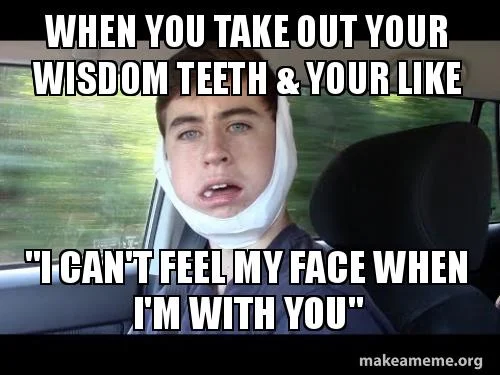
The Post-Extraction Eating Timeline
First 24 Hours: Liquid Diet Only
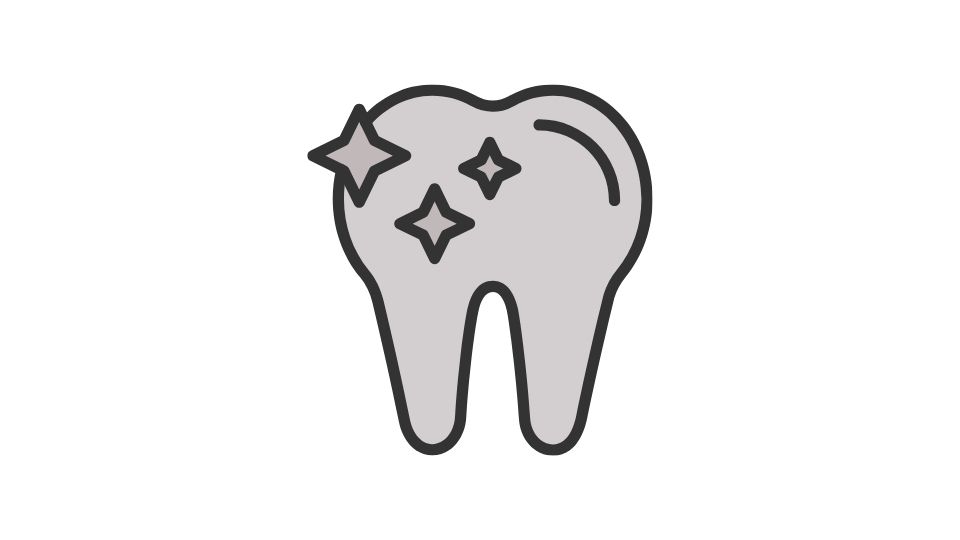
The day of your extraction is all about babying that blood clot. This means:
- Cool or lukewarm liquids only – nothing hot that could increase bleeding
- Smoothies (but no straws! The suction can pull out your blood clot)
- Yogurt, pudding, and applesauce
- Broths and soups (not hot!)
- Mashed potatoes (room temperature)
During this first day, think of foods that require zero chewing. Anything you can swallow without much effort is perfect.
And just to be super clear – avoid straws like the plague. That sucking motion can dislodge your blood clot and lead to the dreaded dry socket (which hurts way worse than the extraction itself).
Days 2-7: Soft Foods Phase
After that first day, you can start introducing foods that require minimal chewing. But remember to chew on the opposite side from your extraction.
Good options include:
- Scrambled eggs (protein-rich and super soft)
- Well-cooked pasta (the softer, the better)
- Soft fruits like bananas and avocados
- Cottage cheese and other soft dairy
- Oatmeal or cream of wheat
- Well-cooked vegetables (think mushy, not al dente)
During this phase, you’re basically eating like a toddler. Soft, mushy, and nothing that requires real jaw strength.
Keep avoiding:
- Crunchy foods (chips, carrots, nuts)
- Chewy foods (steak, jerky, gummy candy)
- Spicy foods (they can irritate the wound)
- Seeds and grains that could get stuck in the socket
- Hot foods and drinks that might increase swelling
After One Week: Return to Solids
Most people can return to a mostly normal diet after about 7 days. The extraction site is still healing, but it’s much less vulnerable to disruption at this point.
You can gradually introduce more solid foods, but continue to be mindful about:
- Extremely hard foods like nuts
- Seeds that could get lodged in the socket
- Sticky foods that might pull at the healing tissue
- Very spicy foods that could cause irritation
Research from the Journal of Oral and Maxillofacial Surgery shows that most patients can resume normal eating patterns within 7-10 days after a simple extraction, though complete healing of the socket takes 4-6 weeks.
Why Proper Eating Matters After an Extraction
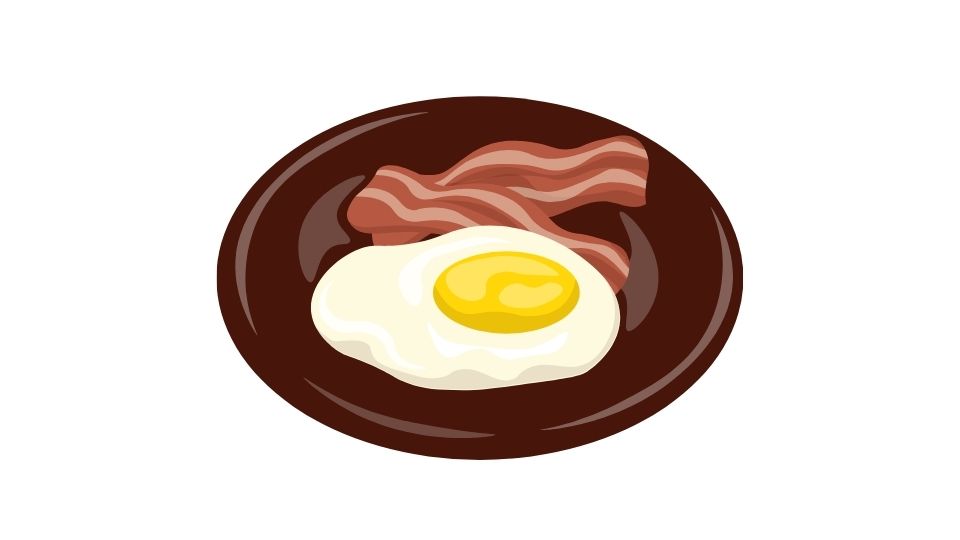
Following these dietary guidelines isn’t just about avoiding pain (though that’s a pretty good reason). It’s about ensuring proper healing.
When you disrupt that blood clot or irritate the wound site, you risk:
- Dry socket – when the blood clot is dislodged, exposing bone and nerves (ouch!)
- Infection – food particles trapped in the socket can lead to bacterial growth
- Delayed healing – improper care extends your recovery time
- Excessive bleeding – hard or sharp foods can reopen the wound
According to data from the American Dental Association, patients who follow proper post-extraction dietary guidelines experience fewer complications and faster recovery times.
Beyond Food: Other Recovery Tips
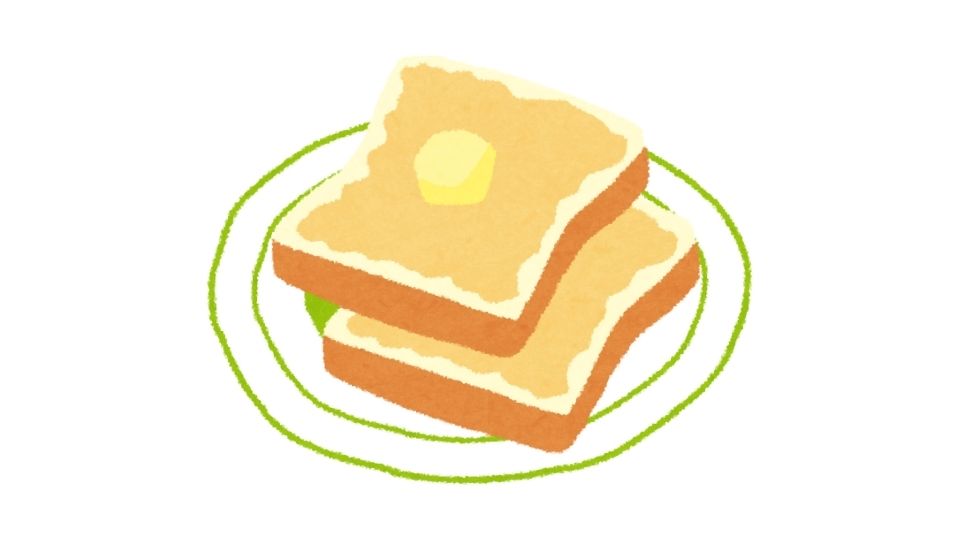
While we’re focused on eating, there are a few other things that’ll help speed up your recovery:
- Skip the gym for at least 24 hours (exercise increases blood pressure which can lead to bleeding)
- Avoid alcohol and tobacco which slow healing
- Take pain medications as prescribed
- Gently rinse with salt water after 24 hours (but no vigorous swishing!)
- Sleep with your head elevated to reduce swelling
When to Call Your Dentist
Some discomfort after an extraction is normal. But dental experts at Mayo Clinic recommend contacting your dentist if you experience:
- Severe pain that doesn’t improve with medication
- Heavy bleeding that doesn’t stop with pressure
- Swelling that gets worse after 2-3 days
- Fever or signs of infection
- Bad taste or odor from the extraction site
These could be signs of complications that need professional attention.
My Personal Experience
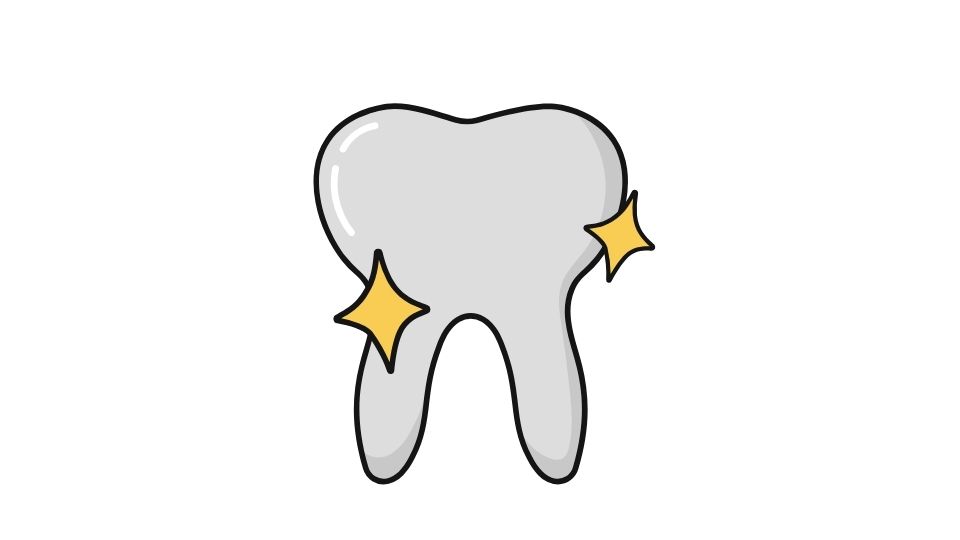
I had my wisdom teeth yanked out last year, and let me tell you – I was not prepared for how hangry I’d get on a liquid diet.
By day three, I was dreaming about cheeseburgers and contemplating if I could liquefy pizza in a blender. (Spoiler: don’t try it.)
But I stuck to the soft food plan and healed without complications. The key was preparation – having lots of soft food options ready before the procedure so I wasn’t making hungry decisions while in pain.
The Bottom Line
Patience is key after a tooth extraction. Your mouth will thank you for taking it slow with solid foods. Start with liquids, move to soft foods, and gradually work your way back to your normal diet.
Remember, the temporary inconvenience of eating soft foods is nothing compared to the pain and extended recovery time that comes with complications like dry socket or infection.
And hey, at least you have a legitimate medical excuse to eat ice cream for dinner. Silver linings, right?



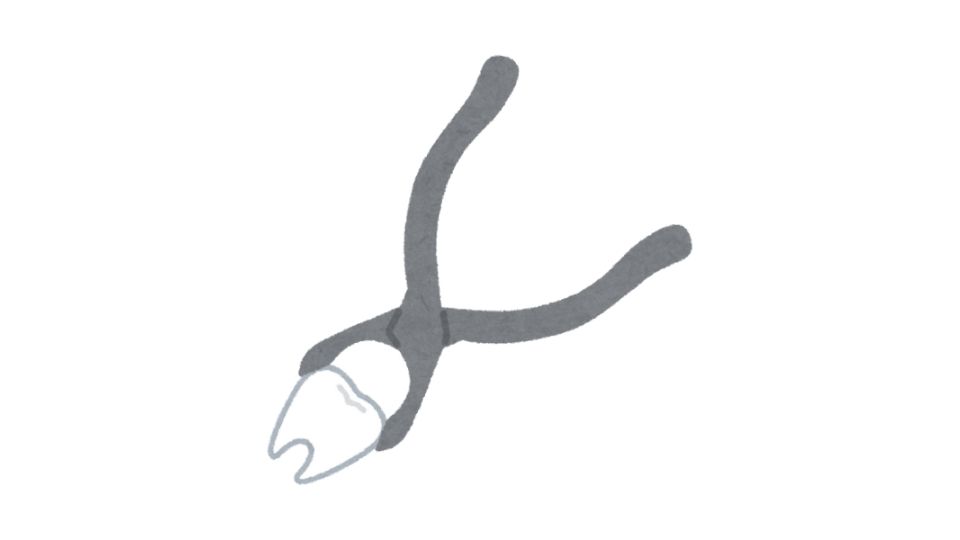
Leave a Reply